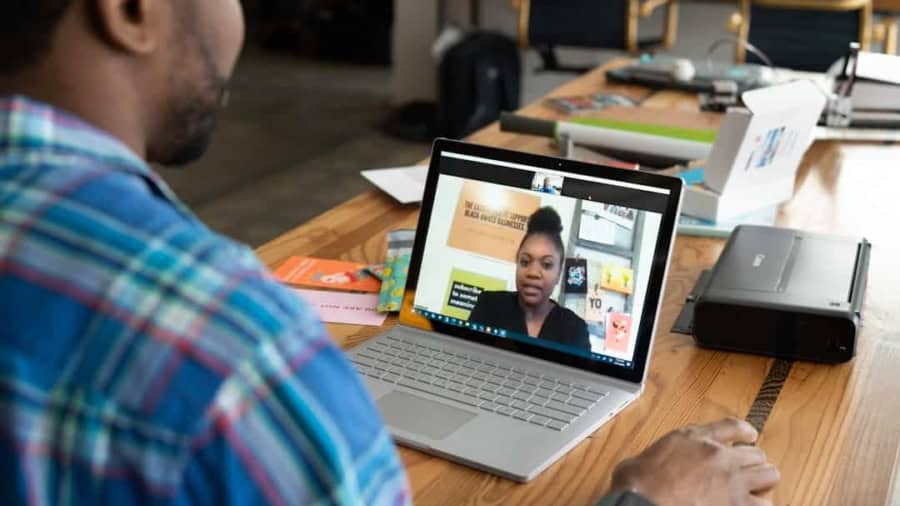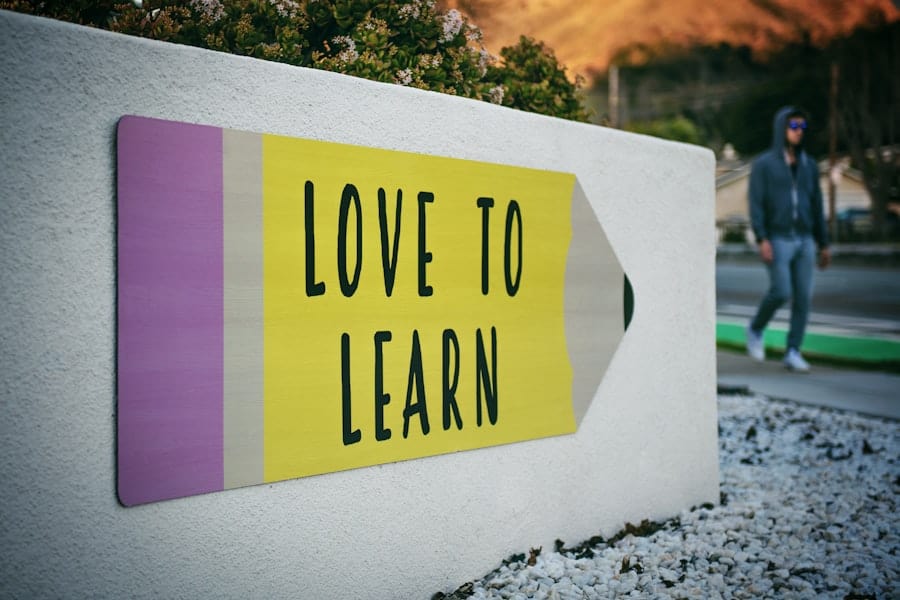The advent of technology has revolutionized the educational landscape, giving rise to virtual classrooms that transcend geographical boundaries and traditional learning environments. Virtual classrooms leverage digital platforms to facilitate learning, allowing students to engage with instructors and peers in real-time or through recorded sessions. This innovative approach to education has gained significant traction, particularly in the wake of global events that necessitated remote learning solutions.
The concept of a virtual classroom is not merely a replication of the physical classroom; it embodies a dynamic and interactive learning experience that can be tailored to meet diverse educational needs. In a virtual classroom, students can access a wealth of resources, including multimedia presentations, interactive quizzes, and discussion forums, all designed to enhance their learning experience. The integration of various digital tools fosters an engaging environment where learners can participate actively, ask questions, and collaborate on projects.
This shift towards virtual learning is not just a temporary solution; it represents a fundamental change in how education is delivered and consumed, paving the way for more inclusive and adaptable learning models.
Key Takeaways
- Virtual classrooms offer accessibility and flexibility for learners to access education from anywhere and at any time.
- Customized learning experiences in virtual classrooms cater to individual learning styles and preferences, enhancing the overall learning process.
- Virtual learning is cost-effective, eliminating the need for commuting, physical materials, and other traditional expenses associated with in-person education.
- Collaboration and networking opportunities in virtual classrooms allow learners to connect with peers and experts from around the world, fostering a global learning community.
- The integration of technology in lifelong learning through virtual classrooms paves the way for continuous skill development and knowledge acquisition.
Accessibility and Flexibility of Virtual Learning
One of the most significant advantages of virtual classrooms is their inherent accessibility. Students from various backgrounds, including those with disabilities or those living in remote areas, can participate in educational programs that may have been previously out of reach. Virtual classrooms eliminate the need for physical presence, allowing learners to join classes from the comfort of their homes or any location with internet access.
This democratization of education ensures that individuals who may have faced barriers in traditional settings can now pursue their academic goals without the constraints of travel or location. Flexibility is another hallmark of virtual learning environments. Unlike conventional classrooms that adhere to rigid schedules, virtual classrooms often offer asynchronous learning options, enabling students to access course materials at their convenience.
This flexibility accommodates diverse lifestyles and commitments, such as work or family responsibilities. For instance, a working professional can engage in online courses during evenings or weekends, allowing them to balance their career aspirations with their educational pursuits. This adaptability not only enhances the learning experience but also empowers students to take control of their educational journeys.
Customized Learning Experience in Virtual Classrooms
Virtual classrooms provide an unparalleled opportunity for personalized learning experiences tailored to individual student needs. Traditional education often follows a one-size-fits-all approach, which can leave some students disengaged or struggling to keep up. In contrast, virtual learning platforms can utilize data analytics and adaptive learning technologies to assess student performance and preferences.
This information allows educators to customize content delivery, ensuring that each learner receives the support they require to thrive. For example, an online course may offer various pathways for students based on their prior knowledge and skills.
This level of customization not only enhances student engagement but also fosters a sense of ownership over their learning process. By allowing learners to progress at their own pace and focus on areas of interest, virtual classrooms create an enriching educational experience that caters to diverse learning styles.
Cost-Effectiveness of Virtual Learning
The financial implications of education are a significant concern for many students and families. Virtual classrooms present a cost-effective alternative to traditional education by reducing various expenses associated with in-person learning.
Additionally, many online courses are offered at lower tuition rates compared to their on-campus counterparts, making higher education more accessible to a broader audience. Moreover, virtual classrooms often provide digital resources that eliminate the need for expensive textbooks and materials. Many online programs utilize open educational resources (OER), which are freely accessible and can significantly reduce the financial burden on students.
This shift towards digital resources not only lowers costs but also encourages a more sustainable approach to education by minimizing paper waste. As institutions continue to embrace virtual learning, the potential for cost savings will likely become an increasingly attractive feature for prospective students.
Collaboration and Networking Opportunities in Virtual Classrooms
While some may perceive virtual classrooms as isolating environments, they actually foster collaboration and networking opportunities that can rival traditional settings. Online platforms often incorporate discussion boards, group projects, and collaborative tools that encourage interaction among students from diverse backgrounds and locations. This global perspective enriches the learning experience by exposing students to different viewpoints and cultural contexts.
Networking is another critical aspect of virtual classrooms that can significantly benefit students’ future careers. Many online programs facilitate connections with industry professionals through guest lectures, webinars, and networking events. For instance, a virtual classroom focused on business management might host successful entrepreneurs who share their insights and experiences with students.
Such interactions not only provide valuable knowledge but also open doors for internships and job opportunities. By leveraging technology to connect learners with professionals in their fields, virtual classrooms create pathways for career advancement that extend beyond the confines of traditional education.
Integration of Technology in Lifelong Learning
The integration of technology into education has transformed the concept of lifelong learning, making it more accessible and engaging than ever before. Virtual classrooms exemplify this shift by providing platforms where individuals can continuously acquire new skills and knowledge throughout their lives. Whether it’s pursuing a new hobby, enhancing professional qualifications, or exploring personal interests, virtual learning environments cater to diverse lifelong learning goals.
Technological advancements have also led to the development of innovative tools that enhance the learning experience. For example, artificial intelligence (AI) can analyze student performance data to recommend personalized learning paths or resources tailored to individual needs. Additionally, gamification elements—such as badges, leaderboards, and interactive simulations—can make learning more enjoyable and motivating.
As technology continues to evolve, its integration into lifelong learning will likely expand further, offering even more opportunities for individuals to engage with educational content in meaningful ways.
Overcoming Barriers to Lifelong Learning through Virtual Classrooms
Despite the numerous advantages of virtual classrooms, barriers to lifelong learning still exist for many individuals. Factors such as time constraints, financial limitations, and lack of access to technology can hinder participation in educational programs. However, virtual classrooms have the potential to address these challenges effectively.
For instance, asynchronous learning options allow individuals with demanding schedules—such as working parents or full-time employees—to engage in courses at their convenience. This flexibility enables them to pursue education without sacrificing other responsibilities. Furthermore, many institutions offer scholarships or financial aid specifically for online learners, making it easier for those with limited resources to access quality education.
Access to technology remains a critical concern; however, initiatives aimed at bridging the digital divide are gaining momentum. Community organizations and educational institutions are increasingly providing resources such as free internet access and loaner devices for underserved populations. By addressing these barriers head-on, virtual classrooms can empower individuals from all walks of life to embrace lifelong learning opportunities.
Future of Lifelong Learning in Virtual Classrooms
The future of lifelong learning in virtual classrooms appears promising as technology continues to advance and reshape educational paradigms. As more institutions adopt online learning models, we can expect an increase in the variety and quality of courses available to learners worldwide. The proliferation of micro-credentials and short courses will likely become more prevalent as individuals seek targeted skills relevant to their careers or personal interests.
Moreover, the integration of emerging technologies such as virtual reality (VR) and augmented reality (AR) into virtual classrooms holds immense potential for enhancing the learning experience. These immersive technologies can create realistic simulations that allow learners to practice skills in safe environments—an invaluable asset for fields such as healthcare or engineering where hands-on experience is crucial. As we look ahead, it is clear that virtual classrooms will play an integral role in shaping the future of education and lifelong learning.
By continuing to innovate and adapt to the needs of learners, these digital platforms will ensure that education remains accessible, engaging, and relevant in an ever-changing world. The evolution of virtual classrooms signifies not just a shift in how we learn but also a commitment to fostering a culture of continuous growth and development throughout our lives.
A related article to How Virtual Classrooms Enable Lifelong Learning Opportunities is Best Software for Furniture Design. This article discusses the importance of utilizing technology in the field of furniture design to enhance creativity and efficiency. Just like virtual classrooms provide opportunities for continuous learning, the use of software in furniture design allows professionals to stay updated with the latest trends and techniques in the industry. By incorporating technology into their workflow, designers can expand their skill set and adapt to the ever-evolving demands of the market.
FAQs
What are virtual classrooms?
Virtual classrooms are online learning environments that allow students and instructors to interact in real time through video conferencing, chat, and other collaborative tools. They provide a platform for delivering educational content and facilitating discussions, activities, and assessments.
How do virtual classrooms enable lifelong learning opportunities?
Virtual classrooms make education more accessible to individuals of all ages and backgrounds, allowing them to continue learning and acquiring new skills throughout their lives. They provide flexibility in terms of scheduling and location, making it easier for working professionals, parents, and others to pursue further education.
What are the benefits of virtual classrooms for lifelong learning?
Some benefits of virtual classrooms for lifelong learning include the ability to access a wide range of courses and programs from anywhere with an internet connection, the opportunity to learn at one’s own pace, and the chance to connect with a diverse community of learners from around the world.
What types of courses are typically offered in virtual classrooms for lifelong learning?
Virtual classrooms offer a wide variety of courses, including professional development programs, language courses, technology training, personal enrichment classes, and academic courses in subjects such as history, science, and literature. Many virtual classrooms also offer certification and degree programs.
How can individuals get started with virtual classrooms for lifelong learning?
To get started with virtual classrooms for lifelong learning, individuals can research and enroll in online courses and programs offered by reputable educational institutions, professional organizations, and e-learning platforms. They can also explore resources and tools for online learning, such as learning management systems and virtual collaboration software.



